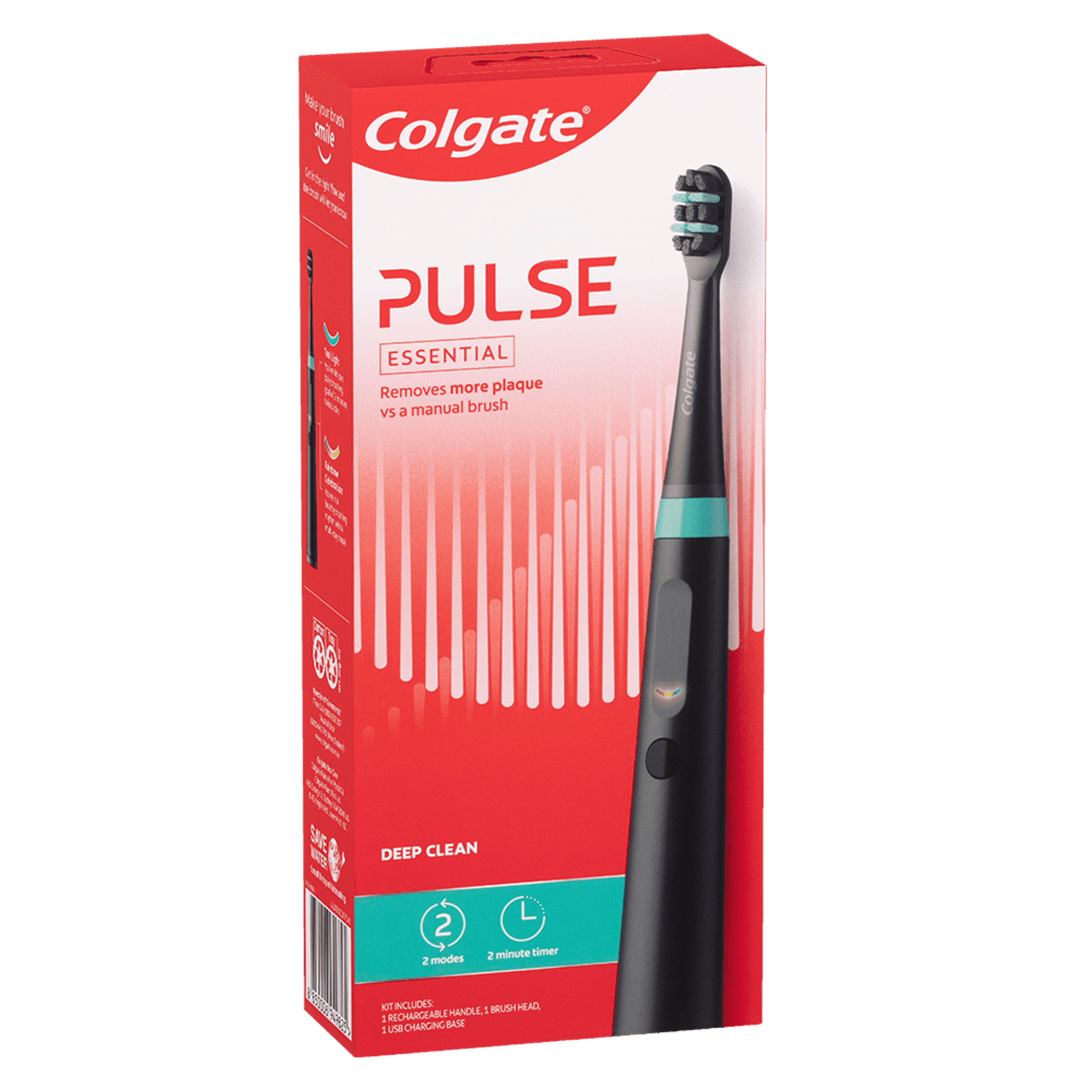-
-

BRUSHING & FLOSSING
How to BrushWhat Is the Right Way to Brush?
Proper brushing takes at least two minutes — that's right, 120 seconds!...

BRUSHING & FLOSSING
How To FlossWhat is the Right Way to Floss?
Proper flossing removes plaque and food particles in places where a toothbrush cannot easily reach... -
Science & Innovation
- Colgate® | Toothpaste, Toothbrushes & Oral Care Resources
- Oral Health
- Tooth Sensitivity Or Pain After A Filling: Is It Normal?


The goal of getting a filling done is to correct tooth decay or cavities and ease any discomfort they might cause. So why do some people experience tooth pain after a filling? There are a variety of reasons why you might feel a bit of pain or sensitivity after a dentist fills your tooth. In some cases, the discomfort is simply a reaction to the process of repairing the tooth. In other instances, you might feel some discomfort because the filling itself needs to be adjusted. Alternatively, the tooth pulp could be inflamed due to the depth of the initial cavity and some infection of the pulp. Fortunately, there are some things you can do to deal with tooth pain after a filling.
Reasons for Sensitivity or Pain After a Filling
It is fairly common for you to have some pain or sensitivity in the treated tooth after a filling. Usually, any discomfort should fade after a day or two.
If you're still having sensitivity and pain several days after your filling, it may be due to an issue with the filling itself or with the tooth. One common reason for pain in a tooth after you get a filling is that the filling isn't positioned quite right, and it's interfering with your bite. A filling that is too high can cause pressure on the filled tooth and a misalignment of your bite, which prevents the teeth from fitting together properly when you bite down.
It is also common to feel pain in the teeth surrounding the affected one, according to Healthline. This is due to a phenomenon called referred pain, which involves feeling pain in an area other than the source of the pain.
What to Do About the Pain
What if it's been a week since your filling and you're still feeling pain? The best thing to do is schedule an appointment with your dental professional as soon as possible. He or she will be able to pinpoint and correct the issue.
If it's a matter of a filling that is too high, the dentist will adjust the height of your filling so that you can bite down with comfort and ease. If you're dealing with sensitivity due to a composite filling, the dentist might recommend replacing the filling with a different material. Finally, if an infected pulp is behind your discomfort, your options might be to have a root canal treatment or for the dentist to remove the tooth and replace it with an implant or bridge.
If you want to avoid cavities in the first place, establish a great oral care routine at home. Brushing twice a day will strengthen your teeth and help prevent cavities. Flossing daily will also remove plaque and will help to keep your gums healthy. Regular dental visits are important too, for spotting any problems before you need major treatment.
This article is intended to promote understanding of and knowledge about general oral health topics. It is not intended to be a substitute for professional advice, diagnosis or treatment. Always seek the advice of your dentist or other qualified healthcare provider with any questions you may have regarding a medical condition or treatment.
Related Products

Helping dental professionals
More professionals across the world trust Colgate. Find resources, products, and information to give your patients a healthier future











